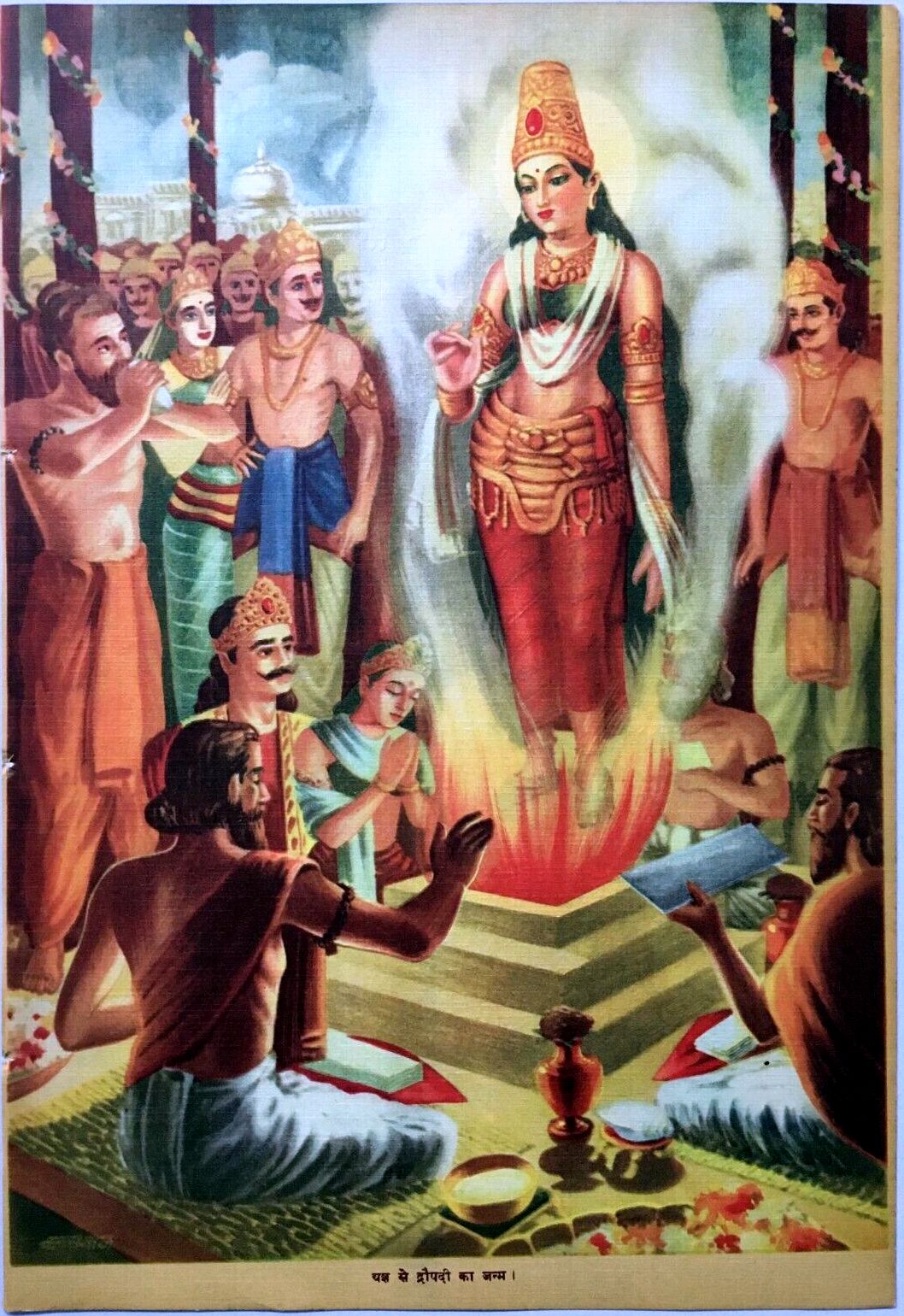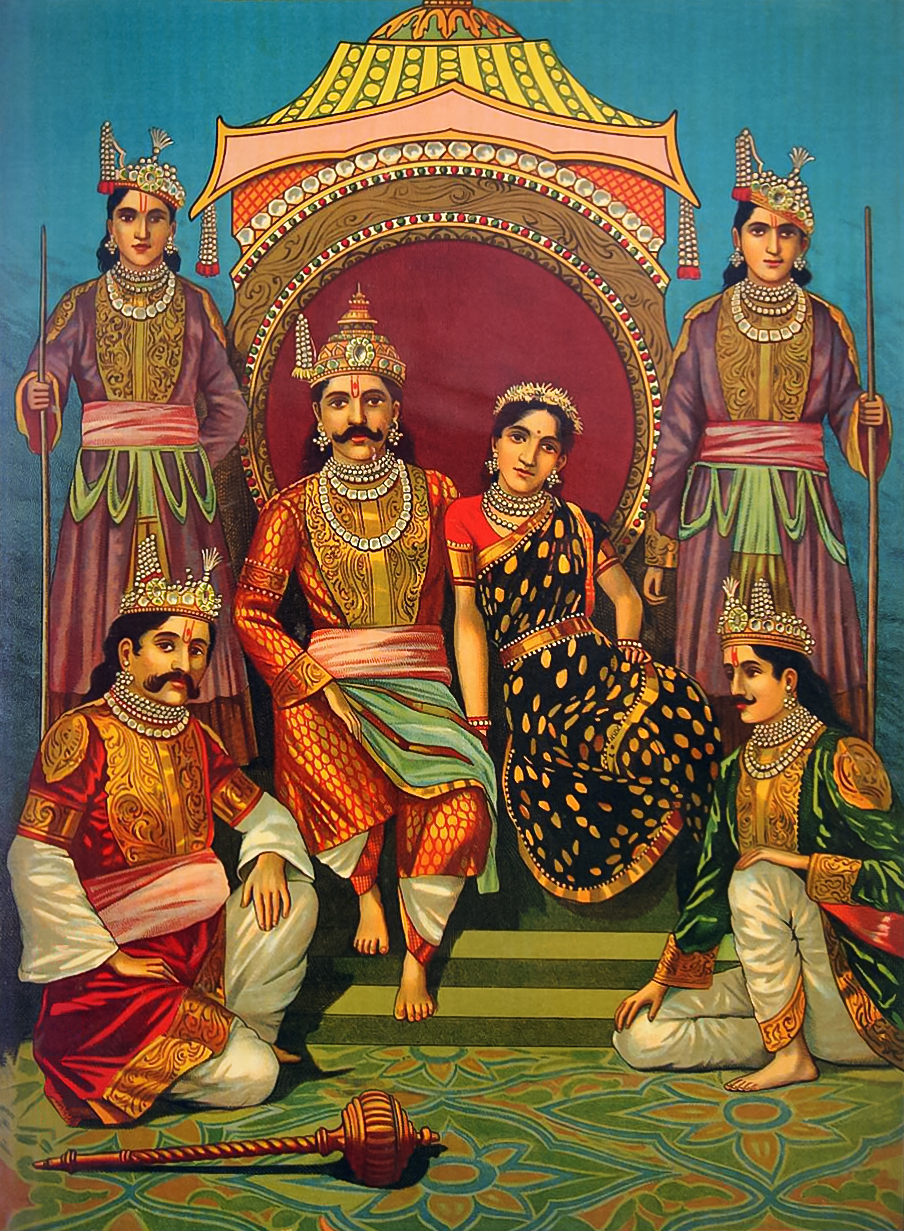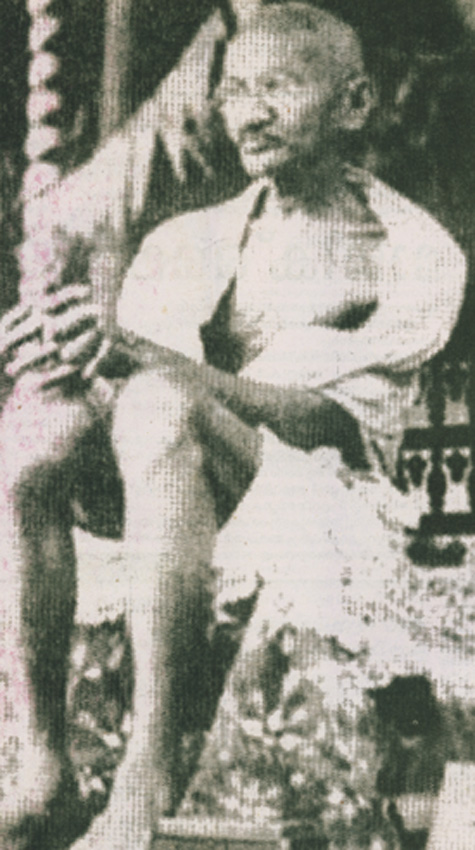|
Valliyamkavu Devi Temple
Valliyamkavu Devi Temple is a historic Durga shrine located near Travancore Rubber and Tea Company, east to 35th mile near Mundakkayam. The temple and its surroundings fall under the Peerumedu tehsil of Idukki district. Location The temple is surrounded by hills and forests and situated near to Travancore Rubber and Tea Company. Both private and state-run busses operates to the temple from Mundakkayam. Auto, jeep and other taxies are also available from 35th mile at fair rates Distances to the temple from various places * Mundakkayam - 23 km * Paloorkavu - 10 km * Panchalimedu - 10 km * Thekkemala - 1.6 km * Kanayankavayal - 16 km * Kumily - 50 km * Kottayam - 63 km * Changanassery - 66 km Myths and beliefs The history of the temple is as old as Dvapara Yuga. Pandavas (heroes in the famous epic Mahabharata) along with their wife Draupadi, during the time of exile reached the present Panchalimedu and stayed he ... [...More Info...] [...Related Items...] OR: [Wikipedia] [Google] [Baidu] |
Paloorkavu
Paloorkavu is a small village in Peruvanthanam panchayat of Peermade taluk in Idukki district, Idukki district, Kerala state, India. It consists of around 500 residences and one church (St. George's) and a temple. A small river flows through this village. Nearby places include Thekkemala (peruvanthanam), Mundakkayam and Panchalimedu. References Villages in Idukki district {{Idukki-geo-stub ... [...More Info...] [...Related Items...] OR: [Wikipedia] [Google] [Baidu] |
Peerumedu
Peermade, also spelt Peerumedu is a village, Grama Panchayat and hill station in the state of Kerala, in southwestern India. It lies above sea level in the Western Ghats (Sahyadri) about east of Kottayam on the way to Kumily. Etymology The name is sometimes related to the Sufi saint, 'Peer Mohammed', as "hill of the Peer" (പീരുമേട്). The name Peerumedu is derived from the fact that Pirmuhammed Waliullah, a prominent Siddha and Sufi monk of Tamil Nadu, chose the mountain for meditation for a long time. Siddhan, spiritual guru and famous Sufi poet of Tamil known as Rumi of South India Peeru Muhammad Sahib is resting at Takkala in Kanyakumari district. Takkala and Peerumed are pilgrimage centers. There is also a local saying that the name "Peerumedu" has come from the large number of "Pera trees" ie. Guava trees that existed way back, Which inturn came to be called as "Peramedu" and now famously known as Peerumedu. Demographics As of 2011 Census, Peerumade had ... [...More Info...] [...Related Items...] OR: [Wikipedia] [Google] [Baidu] |
Shiva
Shiva (; , ), also known as Mahadeva (; , , Help:IPA/Sanskrit, [mɐɦaːd̪eːʋɐh]) and Hara, is one of the Hindu deities, principal deities of Hinduism. He is the God in Hinduism, Supreme Being in Shaivism, one of the major traditions within Hinduism. Shiva is known as ''The Destroyer'' within the Trimurti, the Hinduism, Hindu trinity which also includes Brahma and Vishnu. In the Shaivite tradition, Shiva is the Supreme Lord who creates, protects and transforms the universe. In the goddess-oriented Shaktism, Shakta tradition, the Supreme Goddess (Devi) is regarded as the energy and creative power (Shakti) and the equal complementary partner of Shiva. Shiva is one of the five equivalent deities in Panchayatana puja of the Smarta Tradition, Smarta tradition of Hinduism. Shiva has many aspects, benevolent as well as fearsome. In benevolent aspects, he is depicted as an Omniscience, omniscient yogi who lives an Asceticism#Hinduism, ascetic life on Kailasa as well as a house ... [...More Info...] [...Related Items...] OR: [Wikipedia] [Google] [Baidu] |
Sivalingam At Panchalimedu
A lingam ( , lit. "sign, symbol or mark"), sometimes referred to as linga or Shiva linga, is an abstract or aniconic representation of the Hindu god Shiva in Shaivism. The word ''lingam'' is found in the Upanishads and epic literature, where it means a "mark, sign, emblem, characteristic", the "evidence, proof, symptom" of Shiva and Shiva's power. The lingam of the Shaivism tradition is a short cylindrical pillar-like symbol of Shiva, made of stone, metal, gem, wood, clay or precious stones. It is often represented within a disc-shaped platform, the ''yoni'' – its feminine counterpart, consisting of a flat element, horizontal compared to the vertical lingam, and designed to allow liquid offerings to drain away for collection. The ''lingam'' is an emblem of generative and destructive power. While rooted in representations of the male sexual organ, the ''lingam'' is regarded as the "outward symbol" of the "formless reality", the symbolization of merging of the 'primordial ma ... [...More Info...] [...Related Items...] OR: [Wikipedia] [Google] [Baidu] |
Bhadra
''Bhadra'' is a Sanskrit word meaning 'good', 'fortune' or 'auspicious'. It is also the name of many men, women and objects in Hinduism. Male Figures King of Chedi Bhadra was a king of Chedi Kingdom who participated in the Kurukshetra War from the side of the Pandavas. He was killed by the warrior Karna. Grandson of Manu The first man Svayambhuva Manu and his Shatarupa had a daughter named Shraddha. Bhadra was one of her twelve sons. Yaksha Bhadra was also the name of a Yaksha who served their king, Kubera. Due to a curse of sage Gautama, he was born as a lion. Krishna's son The god Krishna married the river goddess Kalindi and had 10 sons. Bhadra was one of them. Sage Bhadra was a renowned Maharishi. He was the son of Pramati and the father of Upamanyu. Female figures Bhadrakali Bhadrā or Bhadrakālī is one of the fierce forms of the supreme goddess Devi. Kubera's wife Bhadrā is the queen of Yakshas. She was the first wife of Kubera, the god of wealth. She is also kno ... [...More Info...] [...Related Items...] OR: [Wikipedia] [Google] [Baidu] |
Puja (Hinduism)
() is a worship ritual performed by Hindus to offer devotional homage and prayer to one or more deities, to host and honour a guest, or to spiritually celebrate an event. It may honour or celebrate the presence of special guests, or their memories after they die. The word ''puja'' is roughly translated into English as 'reverence, honour, homage, adoration, or worship'.पूजा ''Sanskrit Dictionary'', Germany (2009) ''Puja'' (পুজো / পুজা in Bengali language, Bangla), the loving offering of light, flowers, and water or food to the divine, is the essential ritual of Hinduism. For the worshipper, the divine is visible in the image, and the divinity sees the worshipper. The interaction between human and deity, between human and guru, is called a ''Darshan (Indian re ... [...More Info...] [...Related Items...] OR: [Wikipedia] [Google] [Baidu] |
Draupadi
Draupadi (), also referred to as Krishnā, Panchali and Yajnaseni, is the central heroine of the Indian epic poetry, ancient Indian epic ''Mahabharata''. In the epic, she is the princess of Panchala Kingdom, who later becomes the empress of Kuru kingdom, Kuru Kingdom. She is the Polyandry, common wife of the five Pandava brothers—Yudhishthira, Bhima, Arjuna, Nakula, and Sahadeva—and is renowned for her beauty, courage, devotion, intelligence and rhetorical skills. She is also described as ''sakhi''—a close friend—of the god Krishna. Draupadi, along with her twin brother Dhrishtadyumna, emerges fully grown from a ''yajna'' (fire sacrifice) organized by King Drupada of Panchala. Draupadi’s marriage is determined through a ''svayamvara'' (self-choice ceremony), structured as an archery contest of great difficulty. Arjuna succeeds in the challenge and wins her hand. However, their mother, Kunti, unknowingly instructs her sons to share whatever they had brought home, resu ... [...More Info...] [...Related Items...] OR: [Wikipedia] [Google] [Baidu] |
Mahabharata
The ''Mahābhārata'' ( ; , , ) is one of the two major Sanskrit Indian epic poetry, epics of ancient India revered as Smriti texts in Hinduism, the other being the ''Ramayana, Rāmāyaṇa''. It narrates the events and aftermath of the Kurukshetra War, a war of succession between two groups of princely cousins, the Kauravas and the Pandava, Pāṇḍavas. It also contains Hindu philosophy, philosophical and devotional material, such as a discussion of the four "goals of life" or ''puruṣārtha'' (12.161). Among the principal works and stories in the ''Mahābhārata'' are the ''Bhagavad Gita'', the story of Damayanti, the story of Shakuntala, the story of Pururava and Urvashi, the story of Savitri and Satyavan, the story of Kacha (sage), Kacha and Devayani, the story of Rishyasringa and an Ramopakhyana, abbreviated version of the ''Rāmāyaṇa'', often considered as works in their own right. Traditionally, the authorship of the ''Mahābhārata'' is attributed to Vyasa, Vy ... [...More Info...] [...Related Items...] OR: [Wikipedia] [Google] [Baidu] |
Pandavas
The Pandavas (Sanskrit: पाण्डव, aɳɖɐʋᵊ IAST: Pāṇḍava) is a group name referring to the five legendary brothers, Yudhishtira, Bhima, Arjuna, Nakula, and Sahadeva, who are central figures of the Hindu epic ''Mahabharata''. They are acknowledged as the sons of Pandu, the King of Kuru, but were fathered by different '' Devas'' (gods) due to Pandu's cursed inability to naturally sire children. In the epic, the Pandavas married Draupadi, the princess of Panchala, and founded the city of Indraprastha after the Kuru Kingdom was split to avoid succession disputes. After the split, the other part of the kingdom was ruled by their cousins, the Kauravas. However, the Pandavas lost their kingdom to Duryodhana (eldest and king of the Kauravas) when Yudhishthira gambled it away during a game of dice. The bet Yudhishtira agreed to was that the Pandavas would hand the kingdom over to the Kauravas and go into exile for 12 followed by an year in hiding. After this ... [...More Info...] [...Related Items...] OR: [Wikipedia] [Google] [Baidu] |
Dvapara Yuga
''Dvapara Yuga'' (International Alphabet of Sanskrit Transliteration, IAST: ''Dvāpara-yuga'') (Devanagari: द्वापर युग), in Hinduism, is the third and third-best of the four ''yugas'' (world ages) in a ''Yuga Cycle'', preceded by ''Treta Yuga'' and followed by ''Kali Yuga''. ''Dvapara Yuga'' lasts for 864,000 years (2,400 divine years). According to the Puranas, this ''yuga'' ended when Krishna returned to his eternal abode of Vaikuntha. There are only two pillars of religion during the ''Dvapara Yuga'': compassion and truthfulness. Vishnu assumes the colour yellow and the Vedas are categorized into four parts: ''Rig Veda'', ''Sama Veda'', ''Yajur Veda'' and ''Atharva Veda''. Etymology ''Yuga'' (), in this context, means "an age of the world", where its archaic spelling is ''yug'', with other forms of ''yugam'', , and ''yuge'', derived from ''yuj'' (), believed to be derived from (Proto-Indo-European language, Proto-Indo-European: 'to join or unite'). ''Dvap ... [...More Info...] [...Related Items...] OR: [Wikipedia] [Google] [Baidu] |
Changanassery
Changanassery, () formerly Changanacherry, is a municipality in the Kottayam district of Kerala, India. It is located south of the district headquarters in Kottayam and about north of the state capital Thiruvananthapuram. As per the 2011 Indian census, Changanassery has a population of 47,485 people, and a population density of . Changanassery is an important market town, was historically one of the centres of administration and culture in the Central Travancore region. The Changanassery market, established in AD 1805, served as the main trading point in the transport of rice, pepper, dry ginger, and piece goods between the coastal areas in the west and the mountains of the east. The "Anchu Vilakku" lamps were installed by the locals in 1905 near the boat jetty, and continues to serve as a symbol of the religious and ethnic harmony of the region. Changanassery is also famous for SB College, one of the oldest and prestigious institutions established by the Catholic Church ... [...More Info...] [...Related Items...] OR: [Wikipedia] [Google] [Baidu] |
Kottayam
Kottayam () is a city in the Kottayam district of Kerala, India. It is the district headquarters of the district and is located about north of the state capital Thiruvananthapuram. As per the 2011 Indian census, Kottayam has a population of 489,615 people, and a population density of . The total Kottayam Metropolitan area (the combined area of Kottayam municipality and its adjacent suburbs) has a population of 802,419 people, and a population density of . Kottayam is also referred to as "the City of Letters" as many of the first Malayalam daily newspapers, such as ''Deepika (newspaper), Deepika,'' ''Malayala Manorama,'' and ''Mangalam Publications, Mangalam,'' were started and are headquartered in Kottayam, as are a number of publishing houses. Etymology The royal palace of the Thekkumkur ruler was protected by a fort called ''Thaliyilkotta''. It is believed that the name ''Kottayam'' is derived from a combination of the Malayalam words ''kotta'' which means fort (''Thaliyi ... [...More Info...] [...Related Items...] OR: [Wikipedia] [Google] [Baidu] |









